Building a sustainable wardrobe sounds easy, right? Just shop from sustainable brands or from charity shops? Actually, it’s a little bit more complex than that. The truth is, it requires discipline. Like any diet or fitness routine, you’ve got to commit and get clear on your ‘WHY’ – otherwise, it’s too easy to give in to old habits. This is why working with a stylist is particularly helpful if you choose to embark on this journey.
I’ve been in the ethical and sustainable fashion space now since 2012. What I can tell you, is that over the last 8+ years my attitude to fashion and sustainability has gone through a dramatic curve. I’ve learnt a lot, and if it sharing my story can help you in any way – I am more than happy to tell it.
Here are 7 simple but essential lessons that helped me create my own sustainable wardrobe:
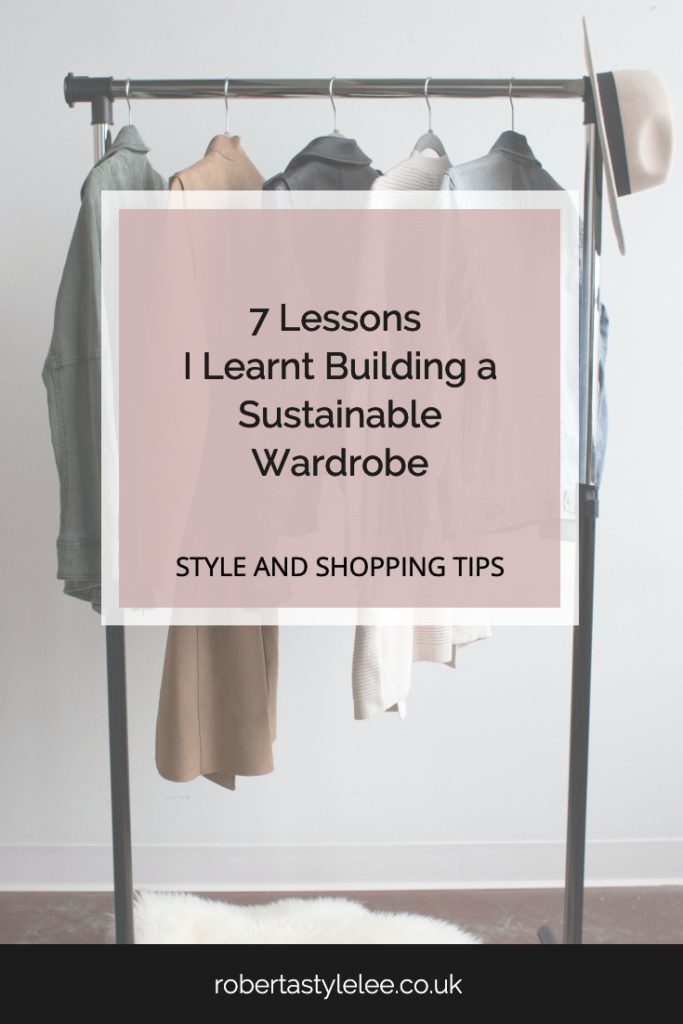
SUSTAINABLE WARDROBE LESSON 1: YOU NEED TO ‘KNOW YOUR STYLE’
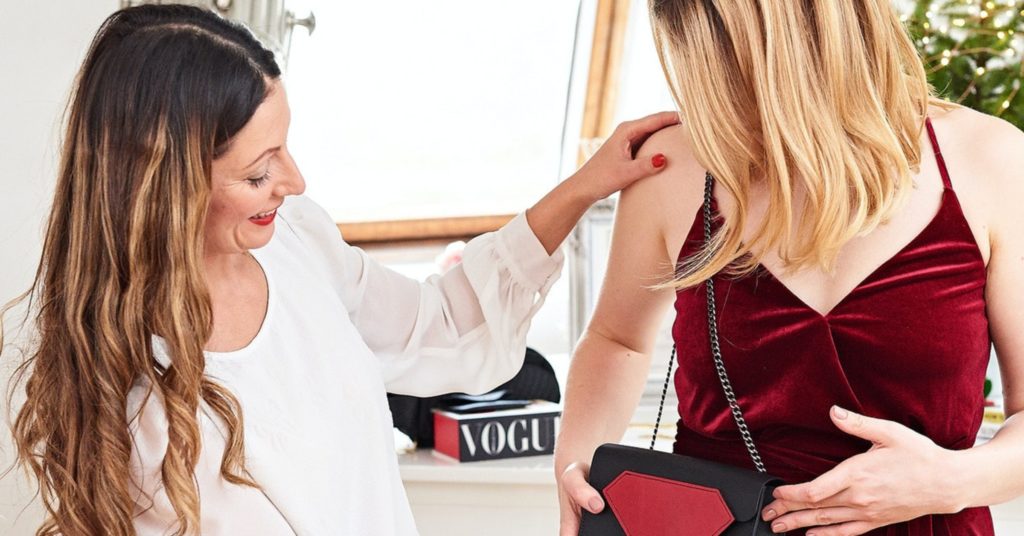
Before I became a stylist, I was really good at shopping and showing up in new outfits (all the time). I rarely thought about having an identifiable style, I just bought what I liked. Some days I dressed vintage, boho, hipster and other days it was city worker, modern, rock chic. I had so many genres in my wardrobe it was hard to say what style I had. Maybe all of them?
But that’s the hardest lesson I learnt. Sure, I was very good at shopping, wearing new things and pulling a look together but I didn’t have a signature style. I realised that the gap between buying and styling was huge – and that’s where most of us fall short. Nobody teaches us the styling fundamentals. We’re left to wing it on our own, and rely on the feedback of our shop assistants, friends, mums or partners. Now this is all fine, but everyone has their own agenda – they want you to look a way that benefits them. But what about you? I’m sure, like most women, you’ve just left it to trial and error and amassed a lot of clothes you don’t wear. In the UK alone, women will accumulate £32,951 of unworn clothing in their lifetime (Statista, 2019).
So, before we can be sustainable anything we need a strategy. Why is knowing our style important? Well, we simply cannot curate a sustainable wardrobe without focus.
Did you know: The demand for cheap unethically produced and environmentally damaging fashion garments is based on our shopping behaviours?
Our consumption drives production. If you can take some time to explore your personal style, get to know your body shape and discover your perfect colours – you’ll end up with a wardrobe that works harder for you, not just for a season but a lifetime. Remember a style overhaul takes time. You need to commit. And when it gets hard, you need to come back to your ‘WHY’ and focus on your signature style – something that is personal to your style manifesto.
For me, being elegant, feminine but with a bit of London edge, and lots of bold colour was important, as is championing sustainability, fairness and kindness.
That’s why I choose to support brands that care. That said, the most sustainable thing we can do is refrain from buying new things – but that’s not always an option. I have committed to only buying what I need since 2017. And I never accept gifts from brands unless I will use them 100 times and it fits in with my wardrobe plan.
SUSTAINABLE WARDROBE LESSON 2: PLAN WHAT YOU NEED AND AVOID IMPULSE PURCHASES

I quickly learnt that by writing a list of pieces I owned, and any gaps, it was easier to create a wish list of items I should invest in. This meant I could plan out what was more urgent. I knew that if my summer shoes needed replacing, then I should start searching for the replacement pair in no later than spring, so I had plenty of time to search before I needed them. Poor planning can result in poor choices that cost you: time, money and energy – and settling for items that aren’t aligned with your style and/or values.
SUSTAINABLE WARDROBE LESSON 3: EXPLORETHE PRE-LOVED MARKET FIRST BEFORE BUYING ANYTHING NEW
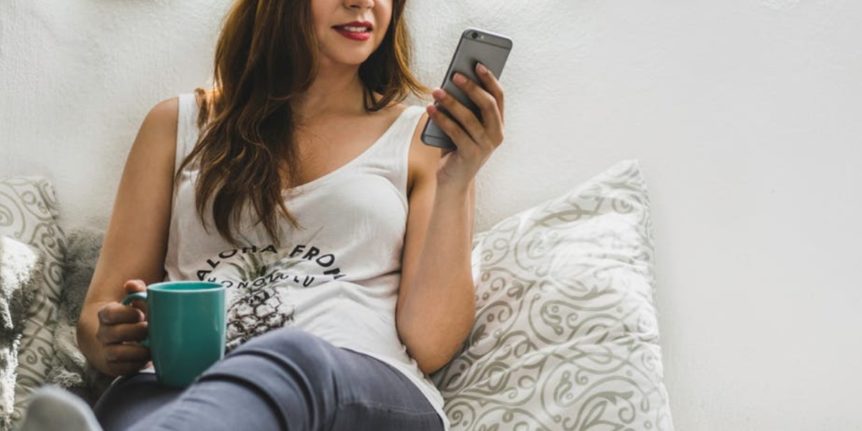
Because I had taken the time to ‘plan’ for what I needed, I was able to enjoy exploring vintage stores, pre-loved boutiques, swapping events and online swapping apps. My big sustainability lesson here was to plan in advance and to always try and make use of garments that were already in circulation, before opting for new garments.
Once I explored the pre-loved world, I reasoned that it was perfectly OK to explore buying new items, after trying swap shops, or seeing if I could borrow or rent. I made a pact to try and only buy new from Ethical Brand Directory and brands that met my criteria for being ethical, sustainable and stylish.
But life isn’t perfect and nor am I. If I’ve exhausted all other options first, I give myself the option to purchase something new from a brand.
SUSTAINABLE WARDROBE LESSON 4: CHOOSE LONG LASTING AND ECO-FRIENDLY FABRICS
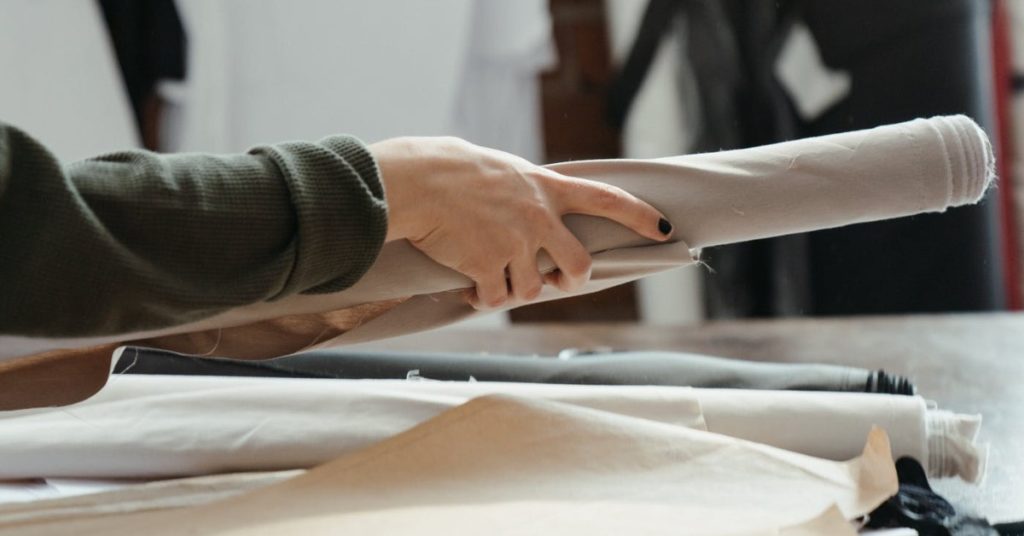
My lesson here was to really check the labels, ask about the materials, and avoid polyester and mixed blends at all costs.
I told myself that if I am going to invest in new items, I must choose wisely. Items made from natural materials tend to be the most sustainable. I decided to opt for ethically sourced materials, such as wool, hemp, organic cotton, silk and Tencel. I decided I was comfortable with leather if it was responsibly sourced (aka a direct by-product of the meat industry) and tanned using eco-friendly dyes.
Items made from 100% natural materials are more sustainable in the long run, as these break down and are more easily recycled than blended fibres. Have you ever looked at a jumper to see it has a high percentage of polyester and just a small percentage of actual wool? Looking at labels BEFORE even considering if an item would like nice on me was another big lesson on my way towards building my sustainable wardrobe.

STYLE MADE EASY
10 simple things you can do to transform your style
SUSTAINABLE WARDROBE LESSON 5: INVEST IN GOOD QUALITY NOT HIGH QUANTITY
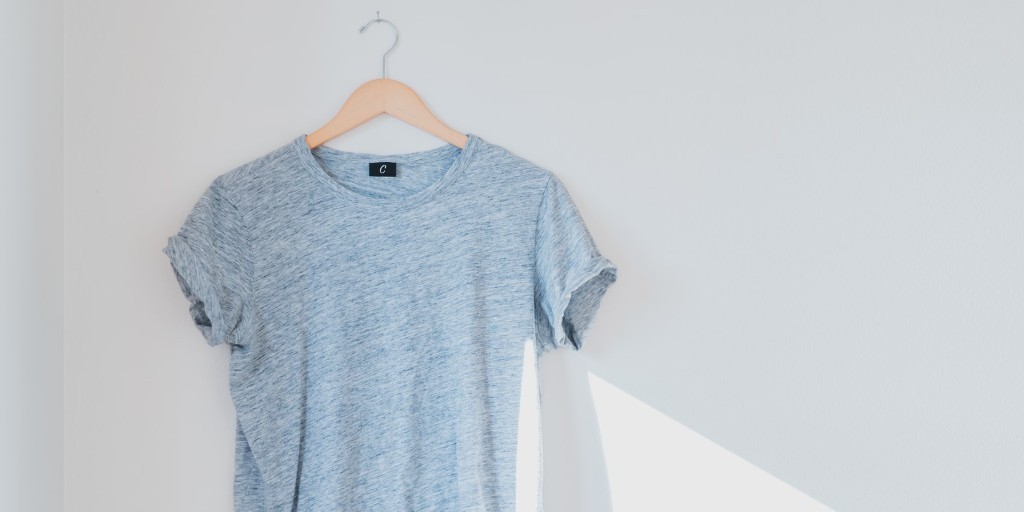
I have to say, giving up fast fashion and shopping on the high-street wasn’t as easy as I first imagined. That need for new, and easy fast access to get something was definitely responsible for a big dopamine hit. I actually banned myself from buying anything for 12-months – as it was the only way I could resist a naughty little purchase here or there. So, that’s what I did. I gave up shopping for anything new, set myself some boundaries (as again, no-one is perfect) and started to shop my own wardrobe.
I did that for nearly 2-years and it totally changed my relationship with shopping and needing to add ‘new’ pieces to my wardrobe. I had to wear what I had, and it helped me see that I did have a style preference. It also helped me see that fast fashion could never be sustainable as it’s not built to last. Nearly all of my fast-fashion items wore out and were super tatty and beyond repair towards the end.
A sustainable wardrobe should consist of key pieces that are worn time and time again. Items should pass the #100wears mark and be garments, shoes, or accessories you’d be proud to wear all the time. Remember, clever styling can see a 30 piece wardrobe produce up to 120+ different looks. So investing in good quality at a price point 2-5 times more expensive than the high-street can be a shock. But once you’ve worked out all the money you’ve saved by not shopping at all, it’s easier to reason with a higher-priced purchase that you know will last you years, not months.
SUSTAINABLE WARDROBE LESSON 6: MAKE IT LAST – REPAIR AND STORE WITH CARE
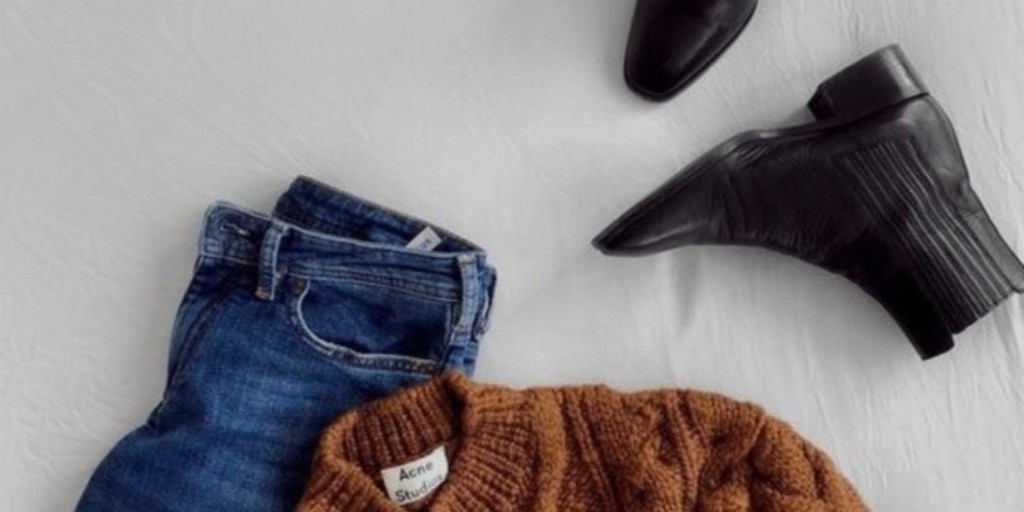
I’ve learnt to take care of my clothes and treat them like the good friends they are. As a result, my clothes will stay in better condition for longer – and with a bit of TLC your wardrobe can be the same.
- Start by hanging your clothes on proper hangers.
- Store clothes in appropriate containers when out of season.
- When you spot a frayed hem, or dodgy zip, or even a loose button – take the time to repair it rather than throw it away.
- If you can’t repair an item of clothing yourself, use a service like the Clothes Doctor.
Check out my 7-step guide on how to properly care for your clothes for more tips.
SUSTAINABLE WARDROBE LESSON 7: KEEP IT FRESH – BUT AVOID EXCESS WASHING
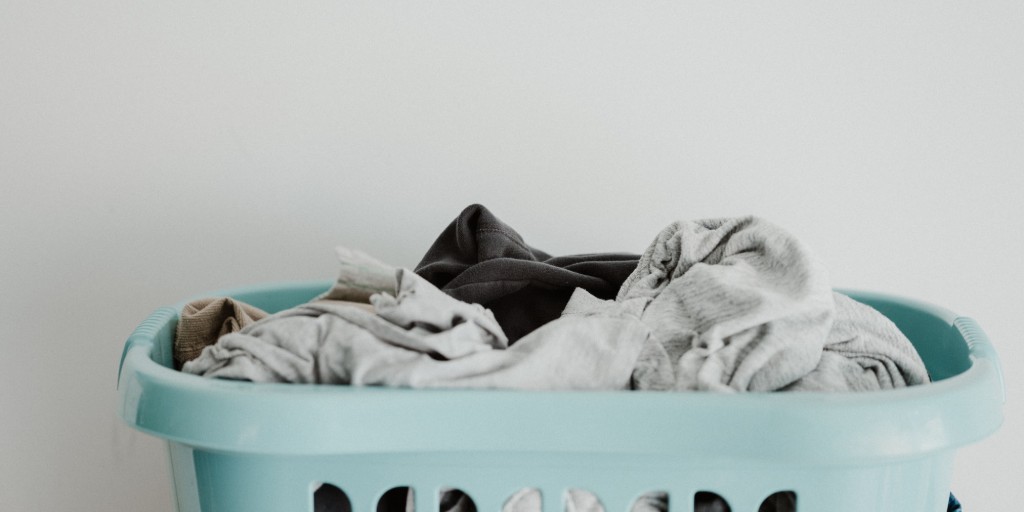
After learning that building a sustainable wardrobe wasn’t in fact about shopping, I started to clue up on the post-purchase consumer side of fashion and the damage it causes to our planet. Yep, the way we care for our clothes accounts for nearly 1/3 of the total negative impact of fashion. This is why caring for our clothes is part of the sustainable wardrobe journey. It’s important to keep our clothes in their best condition, so they can serve us for longer.
Generally speaking, the most sustainable way to maintain your wardrobe is to launder less. We wash our clothes far too frequently – we don’t need to wash everything after just 1-wear. I’m not talking about turning your underwear inside out, a sensible approach here is key. If you air your clothes after wearing them, very often 30-minutes hung outside in the fresh air is enough to revive them. Take the time to sniff your clothes and check to see if they need a wash, or if a wipe down will do. Very often a spot wash under the armpits can save a garment from a full wash.
Check out my 7-step guide on how to properly care for your clothes for more tips.
And don’t forget to incorporate eco-friendly detergents such as Ecover or Norfolk Natural Living or even the Eco-egg into your routine. If like me you still have a few polyester clothes from your fast-fashion days, sportswear, or vintage pieces, then you should wash your clothes in a Guppy Friend Bag to prevent microfibres from entering our water systems.
MY SUSTAINABLE WARDROBE LESSONS:
So those are the lessons I learnt along the way, and when I refer to along the way, I mean years. I soon came to realise that you can’t purchase a sustainable wardrobe, you have to consciously create it – and that starts with what you already have. To me, being a sustainable stylist is about encouraging people to actually consume less and use more of what we have. It’s hard to stop shopping for more, more, more, but it gets easier! I even stopped using #preloved fashion as an excuse to keep shopping. I started nailing down my style, outfit repeating and getting used to people seeing me in the same things. And slowly but surely I changed my mindset, that it’s not a problem to wear an amazing outfit on repeat.
What lessons have you learnt on your sustainable style journey so far? I’d love to hear them! Let me know in the comments below or head over to my socials and tag me there.



